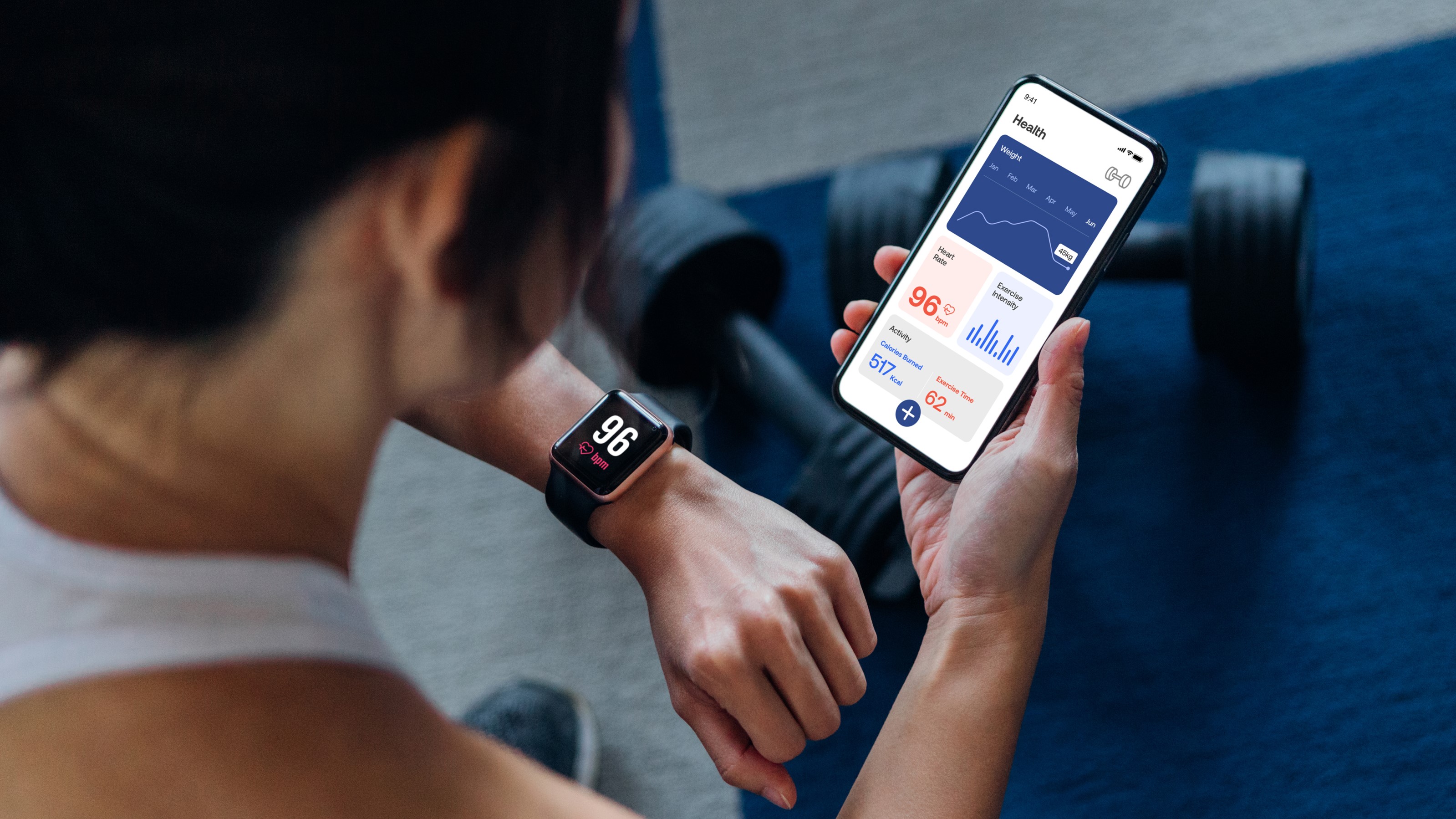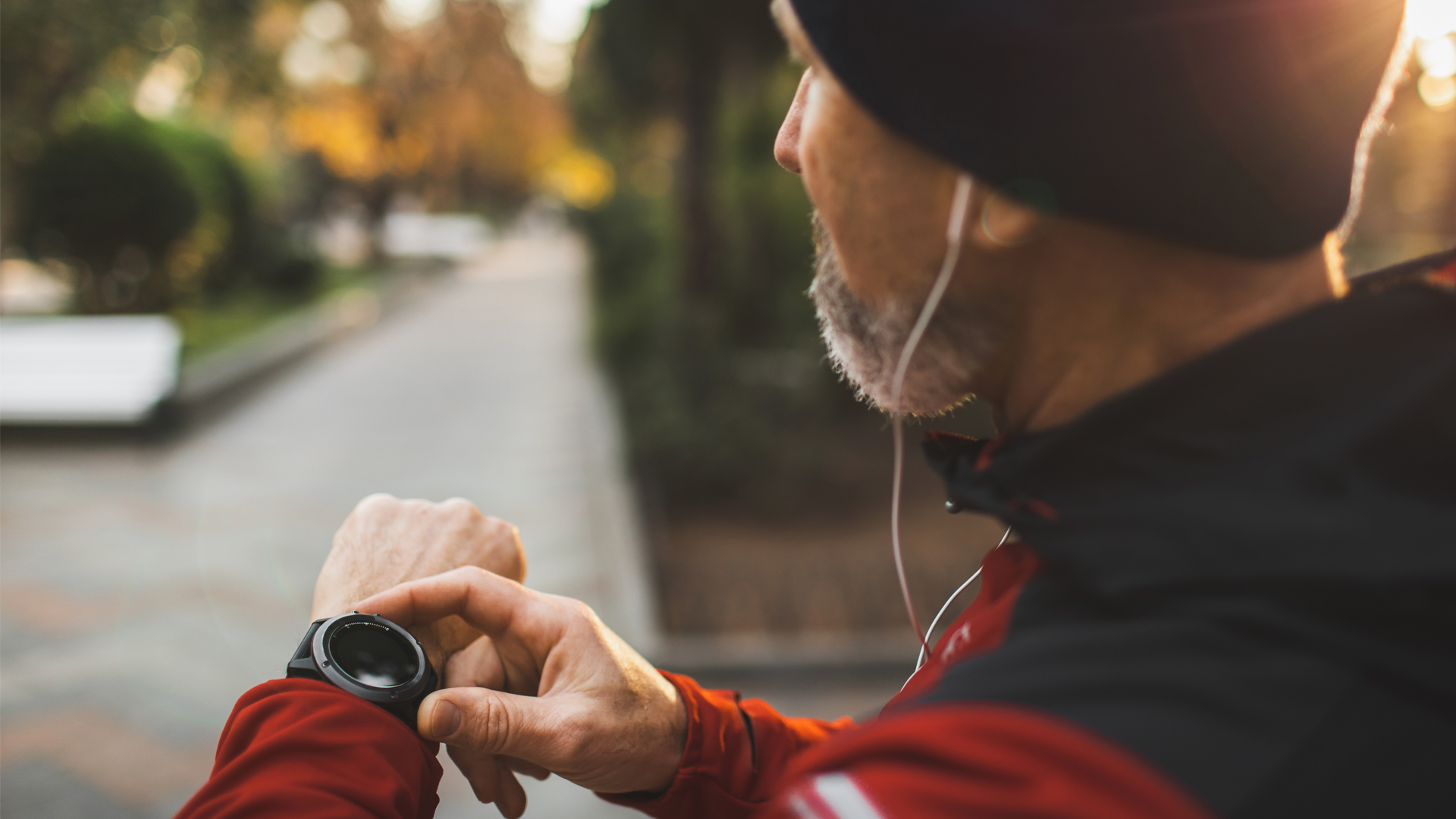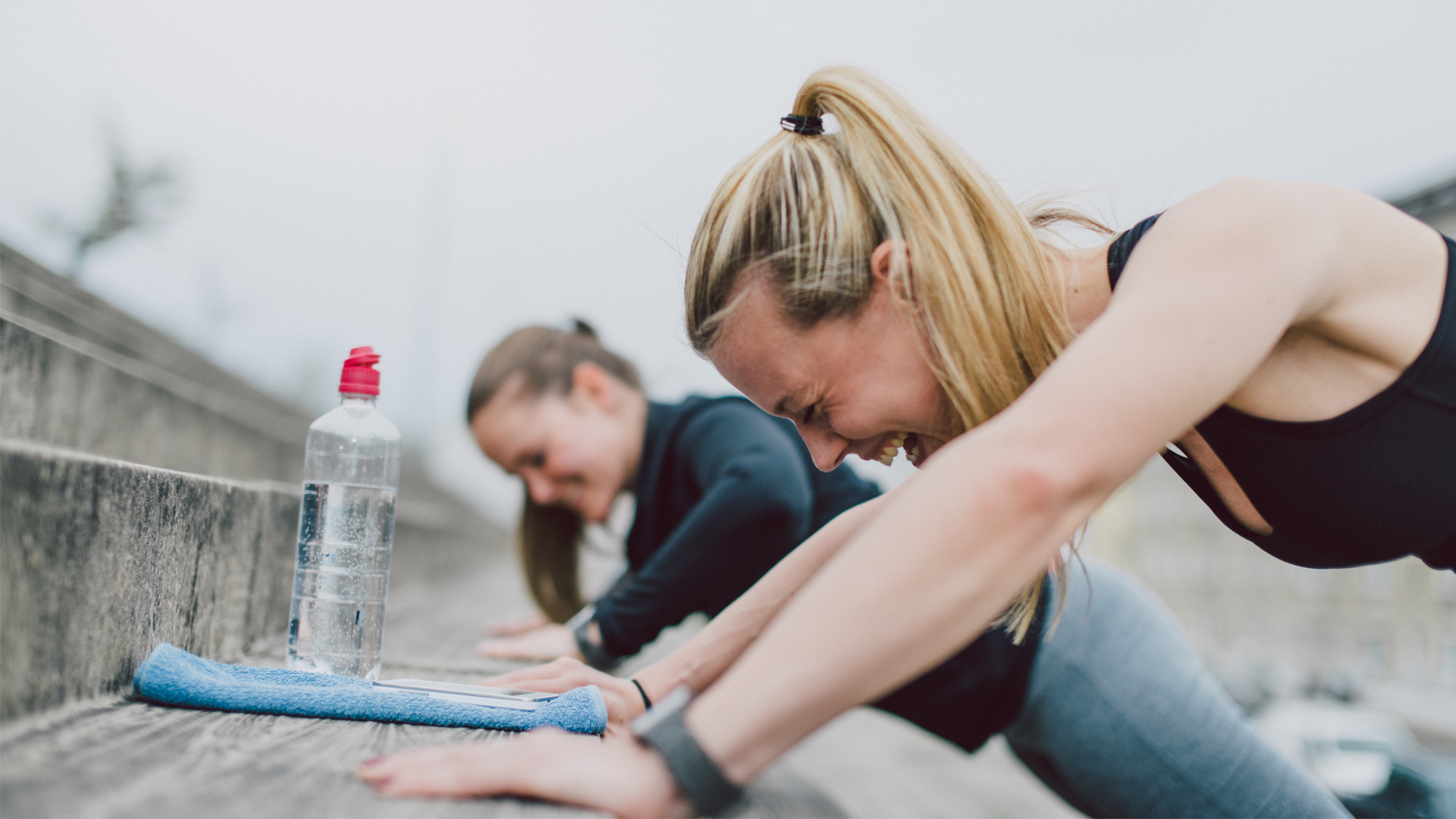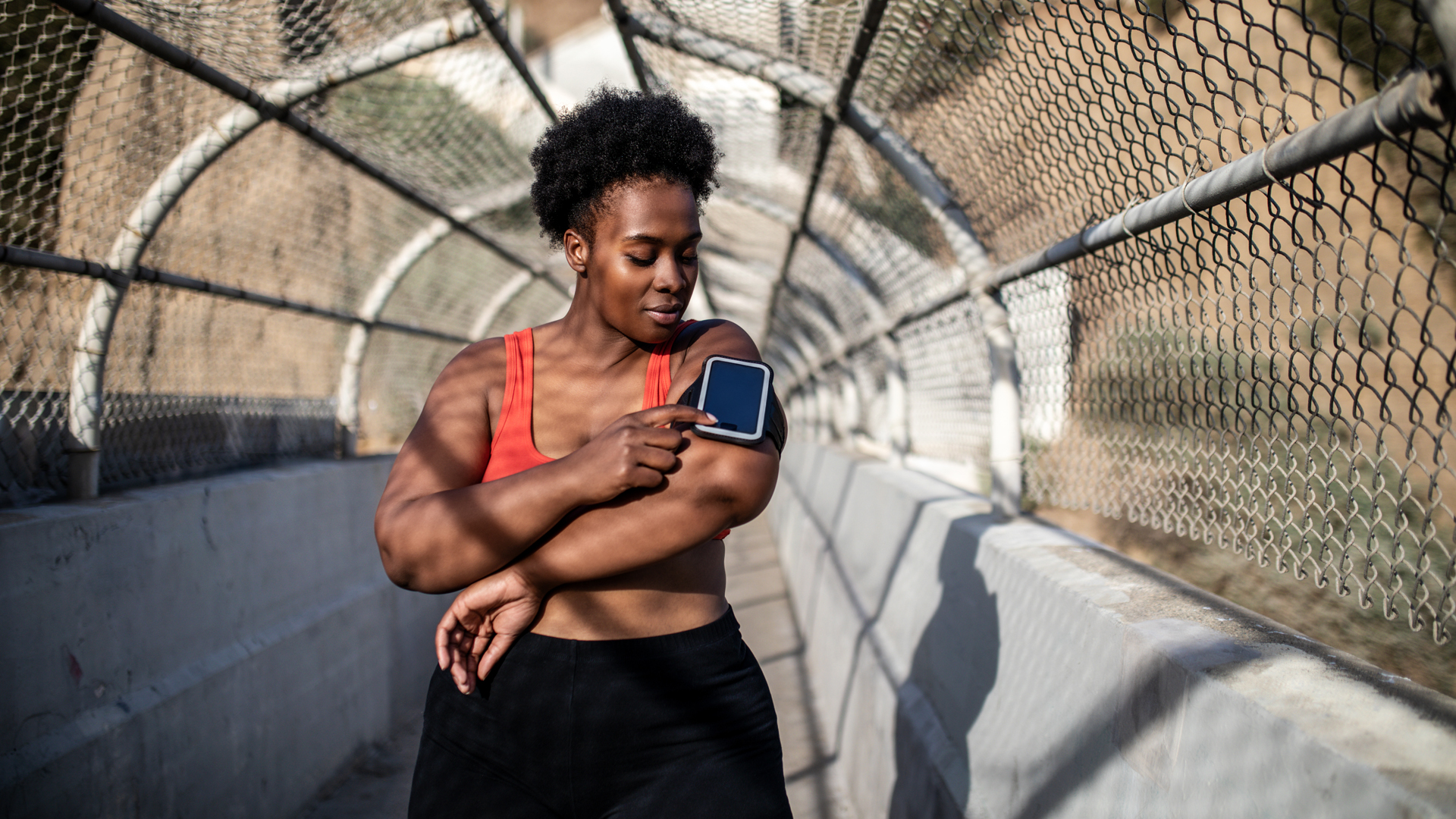What’s the best place to wear a fitness tracker?
Where to wear a fitness tracker for the most accurate results

What’s the best place to wear a fitness tracker? Modern smart wearables can be worn around the wrist, ankle, finger or neck, within clothing and even inside your shoes. In the face of so much choice, the answer is to spend time working out which fitness tracker (and bodily location) works best for you.
"These days you can get a fitness tracker for pretty much anywhere on your body,” says Issy Towell, wearables expert for London based research and advisory firm CCS Insight. "The market continues to be dominated by the smartwatch, but we've also seen plenty more specialized fitness trackers that cater for more individual consumer needs.”
Ultimately, the best fitness tracker is one that you find comfortable and stylish enough to wear daily – wherever it is on your body. We’ve weighed up the pros and cons of differently placed wearables to help you make your mind up.
Wrist trackers

The majority of fitness trackers are supposed to be worn on the wrist, with their inbuilt accelerometer detecting when a user is active to record movement, heart rate, calories, sleep, stress levels and more.
“This is one of the biggest draws of wrist-worn fitness trackers,” says Towell. “They give you the ability to track a variety of different health metrics using lots of different sensors which can give insights into our stress levels, skin temperature and even our blood oxygen saturation.”
If you like to track a lot of health and fitness data, a wrist wearable can be one of the most user-friendly options. Plus, because they’re so popular, it can be comparatively easy to find a competitively priced model that comes in the kind of style you like.
The drawbacks? “You risk a lot of interference with the signal if you wear it too loose,” says Towell. “The quality of the signal can also be affected by the darkness of your skin tone, and any tattoos.”
Get daily insight, inspiration and deals in your inbox
Sign up for breaking news, reviews, opinion, top tech deals, and more.
Ankle trackers
Ankle trackers record every isolated movement as a step, which in theory should lead to far more accurate data.
Some people also find them more comfortable than wrist wearables, and less prone to slipping around during a sweaty workout. There’s usually no display on the device and, coupled with the fact that it’s further away on your body, ankle wearables can be a great option if you want to try not to obsessively check your stats.
“This could make a good alternative for individuals who prefer not to wear a watch,” says Towell.
Rings
Ring trackers are on the rise, and there are even rumors that an Apple smart ring might be in the works. While the Oura is perhaps the best known smart ring, there are multiple other brands on the market.
So, why choose a smart ring? “They usually have an impressively long battery life of around seven days, compared with around three for most smartwatches,” says Towell.
Rings can also, potentially, deliver more accurate data. Caroline Kryder, Science Communications Lead at Oura, says: "The finger is an ideal place to get a strong signal directly from the arteries. Wrist trackers are far away from the arteries on the underside of the wrist, meaning a signal has to go through bone, muscle, and tissue and can be really muffled by that point.”
In addition, rings can give people with darker skin tones much better accuracy than, for example, wrist tech. “The palm side of the finger is the lightest part of the skin on the body, regardless of skin tone, meaning that users with darker skin are more likely to get an accurate reading with rings,” says Towell.
The downsides? The lack of display on a fitness ring means you need a smartphone and accompanying app to access your stats.

Necklaces
Demand for fitness tracker necklaces is soaring, as more people hunt for fashion-friendly smart wearables. The Bellabeat Leaf is one example of a device that can be worn either on your wrist, or around your neck.
“Fitness tracker necklaces also tend to be battery operated, rather than needing charging, so they can often have a battery life of up to six months,” says Towell.
Unfortunately, most tracker necklaces only give basic sleep and step insights, so they aren’t suitable for anyone who wants to collect complex fitness data.
Vests
Fitness tracker vests (like those from Hexoskin) hide high tech sensors within clothing (usually in the form of a chest strap) to make a wearable heart rate monitor. They sometimes include GPS, too, which can be useful for outdoor runners.
“Vests tap into a real trend for trying to make fitness trackers less conspicuous,” says Towell. But be wary that tracker vests can also be less accurate, and more prone to picking up interference.

In-shoe trackers
In-shoe trackers come in various forms, including clip-ons, inner soles and foot pods that you can attach to your laces or put inside your trainers.
Wearing a fitness tracker on your feet can give you a really accurate picture of how far and fast you've run, as well as looking at running form and other useful metrics. They also tend to use replaceable watch batteries, which have a lifespan of up to 12 months.
Intelligent insoles in particular are hyped as the next big thing in the fitness tracker industry, with the NURVV Run reportedly able to capture data a thousand times in just one second. The insoles also track cadence, step length, pronation, foot strike and balance, using 32 high precision sensors that work with two inbuilt GPS trackers. Pretty impressive – but they won’t give you a deep dive into your overall health.
The verdict
So, which part of the body comes up trumps? It really depends on what you want.
"If you just want to gain some more insight during your workouts, then an optical heart rate sensor on the wrist is probably sufficient,” says Towell. “But the best place to wear a tracker will be dictated by your individual lifestyle requirements.”


Maddy is a freelance national journalist specializing in fitness, health and wellbeing content. She has been a writer and editor for 23 years, working for some of the UK's bestselling newspapers and women’s magazines, including Marie Claire, The Sunday Times and Women's Health.Maddy is halfway through a diploma in Level 3 personal training and loves HIIT training, often with her two young daughters doing matching star jumps or burpees. As a massive foodie, she loves cooking and trying out new healthy recipes (especially ones with hidden vegetables so the kids eat them).